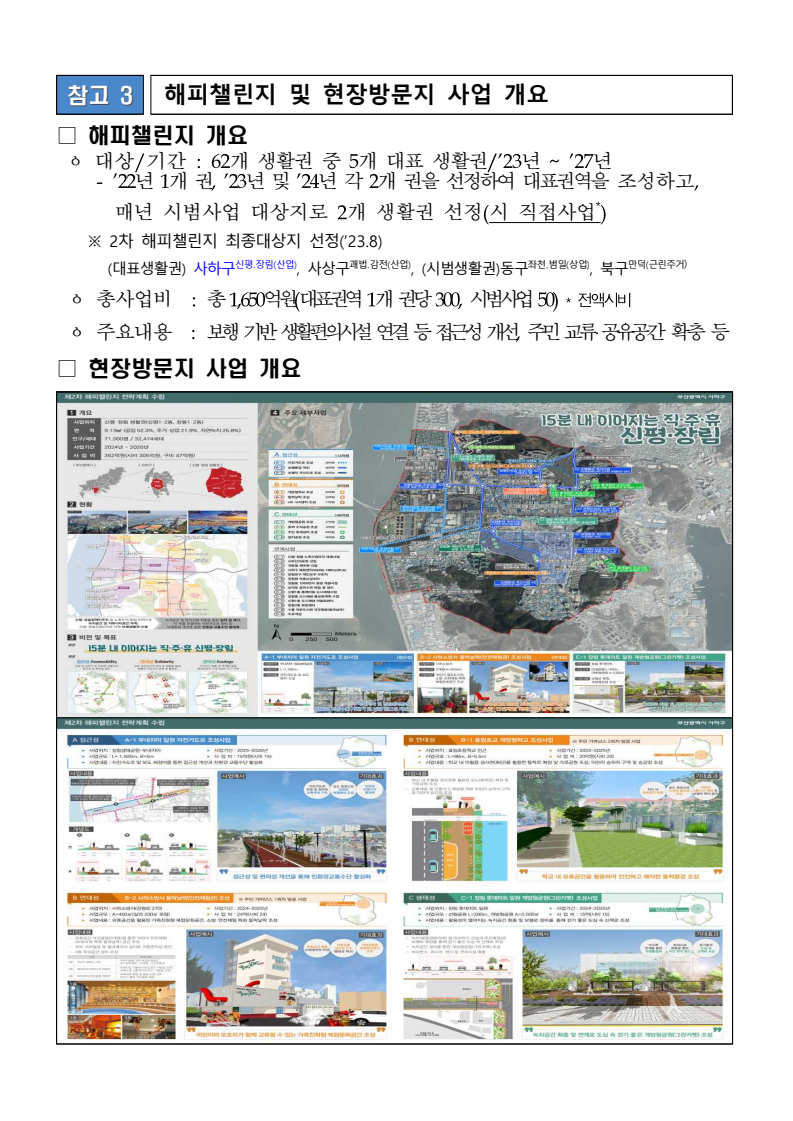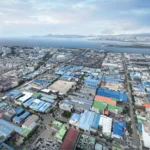BUSAN — Busan Metropolitan City announced that a strategic discussion for the enhancement of the “15-Minute City” initiative was convened at the Museum of Contemporary Art Busan. This meeting sought to strengthen and spread the “15-Minute City” concept, aiming for a balanced development, especially in the west of Busan.
Key attendees for the conference included Busan Mayor Park Heong-joon, Busan’s vice mayors, Saha District mayor and around 25 experts and local officials, reflecting the significance of the discussions. The location, a prominent cultural hub representing the western Busan region, emphasized the city’s commitment to balanced development across all sectors, including culture and education.
The Sinpyeong-Jangnim area in the Saha District stood as a prime example of the areas poised for development under this initiative. As an integral part of Busan, the Sinpyeong-Jangnim region’s enhancement was expected to be a benchmark for the success of the “15-Minute City” vision.
Following the conference, a visit was scheduled to the “Happy Challenge” initiative at the Saha Fire Station’s Safety Experience Center in the Sinpyeong-Jangnim area. Here, strategies were reviewed, and solutions were discussed to ensure the initiative’s optimal implementation in the district and beyond.
The Objective of “15-Minute City”
The “15-Minute City” concept aims to ensure that urban areas are more than just convenient for daily tasks but also address global challenges such as the digital transformation and the climate crisis. The core goal is to foster sustainable happiness for citizens through community revitalization and self-fulfillment.
Busan had already made significant strides by laying down foundational plans, initiating representative living quarters, and implementing projects like the “Drillrack.” With Sinpyeong-Jangnim’s potential development, it became even more crucial to ensure this concept was deeply embedded among its citizens.
At the meeting, a key focus was on identifying and selecting pivotal facilities and programs across various sectors to ensure that all neighborhoods in Busan, especially places like Sinpyeong-Jangnim, could benefit from this initiative. In particular, discussion topics encompassed key anchor facilities and program enhancements across education, welfare, health, culture, and sports.
The city made consistent efforts, since August, to brainstorm and refine the initiative, collaborating with experts across fields. The conference aimed to finalize key programs and anchor facilities and set the course for future promotion and quality assurance in regions like Sinpyeong-Jangnim.
Additionally, to ensure that citizens were well-informed about these facilities and programs, the city planned to produce and distribute both online and offline maps of the “15-Minute City,” along with a rebranding initiative and promotional videos.
Busan’s Vision
Mayor Park Heong-joon highlighted the importance of the “15-Minute City” as a means to foster human relationships and build a city where residents enjoyed living. He emphasized the role of the city in providing a conducive environment for these relationships and expressed his commitment to further refine the policy to recover the warm sense of community across all neighborhoods, with special attention to areas like Sinpyeong-Jangnim.
Furthermore, he stated, “The core of the ’15-Minute City’ is to create a city where people and neighbors are cherished. To achieve this, we need to establish an urban environment where good relationships flourish. The city has invested a lot in providing foundational facilities, and now, with the establishment of the primary living quarters, we will enhance our policies to ensure that the values and philosophies of the ’15-Minute City’ permeate every corner of our neighborhoods.”
The strategic discussions signified Busan’s intent to revamp its urban framework, ensuring a harmonious and sustainable urban ecosystem for its residents, with Sinpyeong-Jangnim serving as a pivotal focal point in this endeavor.



